- Title: The Lone Ranger
- IMDB: link

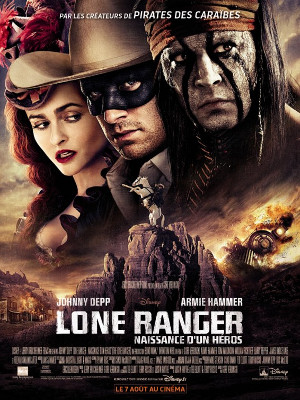 After some success taming the high seas, director Gore Verbinski and Johnny Depp reunite for this new interpretation of The Lone Ranger. The meandering 149-minute tale is more than a little liberal in its depiction of the Masked Man and his faithful Indian companion. Those looking for a classic western may be disappointed as Verbinski’s The Lone Ranger is an action-adventure similar to the Pirates of the Caribbean that just happens to be set in the Old West.
After some success taming the high seas, director Gore Verbinski and Johnny Depp reunite for this new interpretation of The Lone Ranger. The meandering 149-minute tale is more than a little liberal in its depiction of the Masked Man and his faithful Indian companion. Those looking for a classic western may be disappointed as Verbinski’s The Lone Ranger is an action-adventure similar to the Pirates of the Caribbean that just happens to be set in the Old West.
The entire film is framed from Tonto’s (Depp) perspective, as a far older version of the character (Depp in some pretty good old-age makeup) relates the legend of The Lone Ranger to a young boy (Mason Cook) at a Wild West show. Much like The Princess Bride, at times the tale is interrupted for more interaction between the narrator and his captive young audience. The choice to give us the legend from a trusted, but not necessarily trustworthy, source and allows us to choose how much of Tonto’s story to believe.
Despite an incredibly long set-up before John Reid (Armie Hammer) will become The Lone Ranger, the script by Ted Elliott, Terry Rossio, and Justin Haythe doesn’t spend time on John’s time in West as a child or the loss of his family which forces his brother Dan (James Badge Dale) to send him East. The script also chooses to write out any meeting between John and Tonto as children (creating some problematic story issues later on).
The script does deliver an overly gnarled-up version of the classic villain Butch Cavendish (William Fichtner) and the fateful ambush in Bryant’s Gap (even if the name on the canyon is never uttered) that leaves the other Texas Rangers dead and a dying John to be found by Tonto (who he met earlier during a train robbery on his way back out West). The rationale for Tonto saving John in this version is mostly because Tonto is not playing with a full deck and the appearance of a white horse which the Indian takes as a sign that this man will lead him to the justice he has long sought.
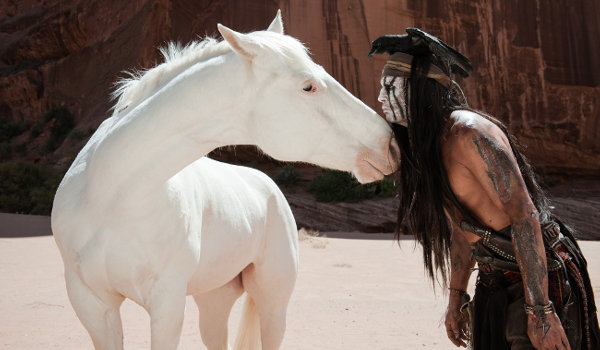
Eventually, after refusing Tonto’s counsel, John agrees to help him take down Cavendish under the a mask to hide his true identity. John never quite buys into the choice, however, and Tonto’s assertions that his new friend is a spirit walker unable to be killed only muddy the issue further. Over the course of the film the pair work to track down Cavendish and uncover his connection to the increased Native American attacks on the town, the expanding railroad, and a silver mine (all of which eventually tie back to Tonto’s backstory as well).
The story also involves subplots of Dan’s widow Rebecca (Ruth Wilson) and young son (Bryant Prince), the complicated machinations of the local railway man (Tom Wilkinson), and one-legged madam Red Harrington (Helena Bonham Carter) and her group of harlots, all of whom will play important roles before the film’s end. None of these characters or stories are really necessary, nor is the more modern contrivance of romantic feelings between John and Rebecca which despite the film’s length is never really fully explored. A more straightforward origin story would have suited the film far better.
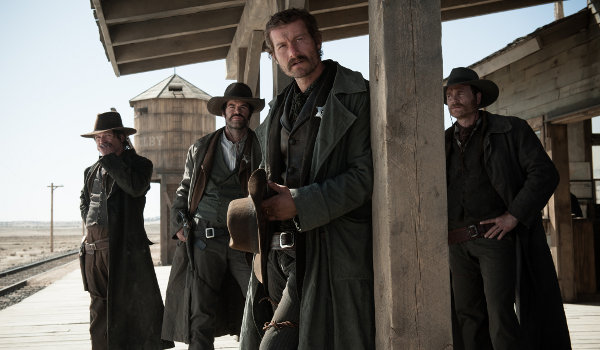
Sadly, The Lone Ranger takes a page from the recent movie adaptation of The Green Hornet and casts our main hero as a goofball lacking the reason or skill-set to take his new job seriously. Look, it’s The Lone Ranger and I don’t expect a humorless blood-filled tale (although there are certainly plenty of scenes where the camera lingers lovingly over the scores of dead bodies in this movie), but I do expect the main character himself to be taken seriously. By the time the movie needs John to step-up and truly be The Lone Ranger in the movie’s climactic action scene he does so without any real training or explanation on how he suddenly becomes the expert marksman and fighter of legend.
During my lifetime Hollywood has attempted two theatrical films of the character and both have been flawed. Despite its more meager budget and lack of star power in its leading roles, I actually think the often criticized The Legend of the Lone Ranger is actually a better film as it stays closer to the origins and motivations of the character without getting lost in tomfoolery, meandering subplots, and questionable storytelling. The earlier film also does a much better job, in a far shorter running time, of setting up the reasons and rationales for characters actions (something The Lone Ranger struggles with at times).
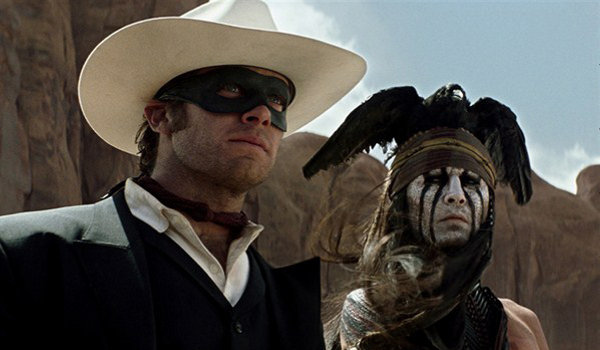
The Lone Ranger isn’t a bad film, but it’s certainly not the rousing rebranding of the character that either Disney or audiences were hoping for. Given its inconsistencies, its aversion to editing, and inconsistent tone and pacing issues, it’s impossible to dismiss the film’s flaws. Although I wouldn’t tell anyone interested in seeing it to avoid it, I can’t quite bring myself to recommend the film even though I enjoyed parts of first two-hours as well as the movie’s final 40-minutes where Verbinski comes as close as we’re going to get in doing justice to the character and finally delivering the “William Tell Overture.” It’s not quite too little too late, but the energy in that final half hour does remind you of what was lacking in many of the movie’s earlier scenes.
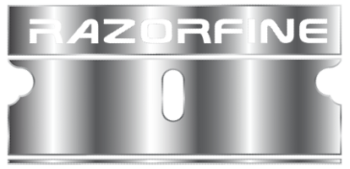
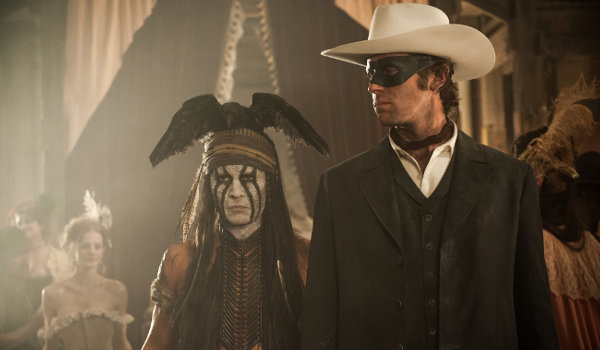
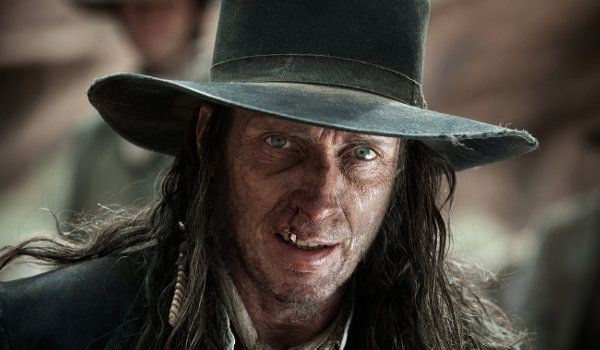
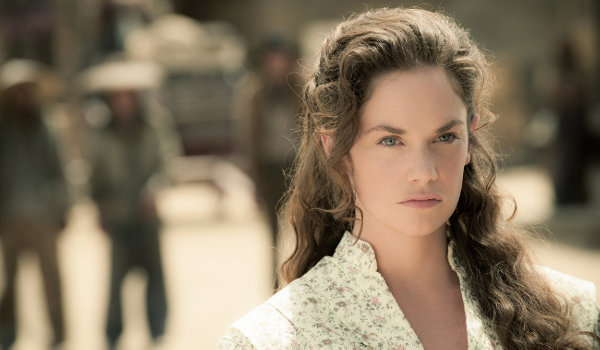
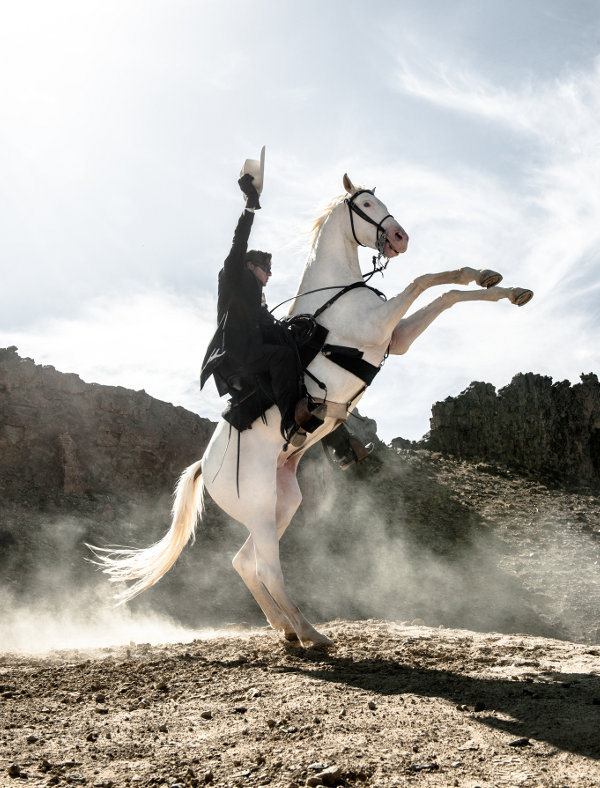
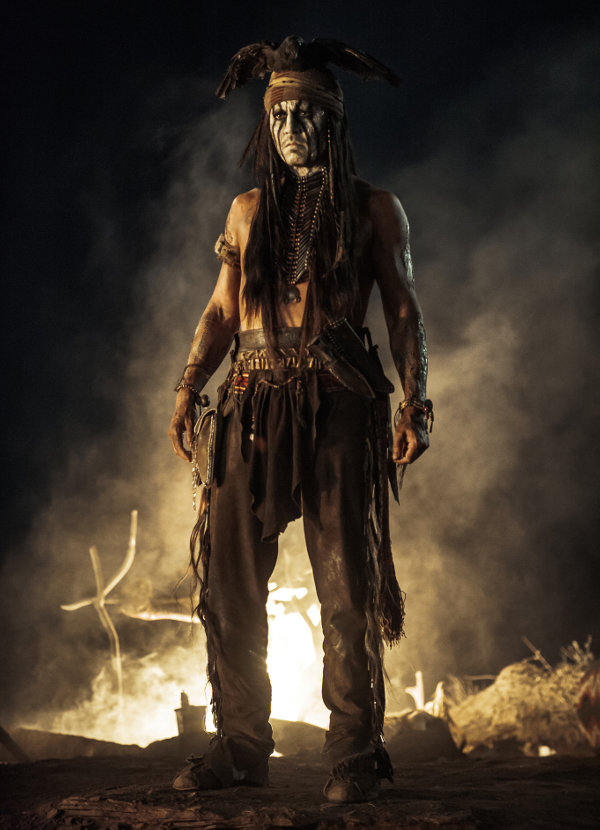
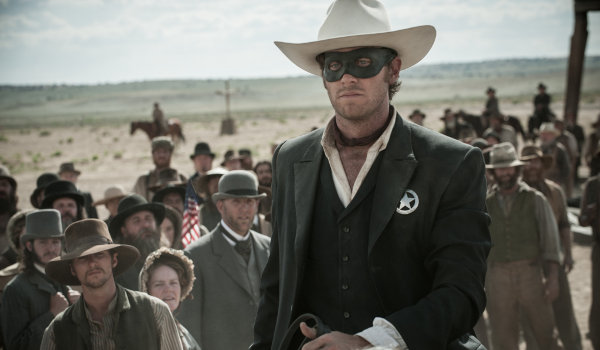
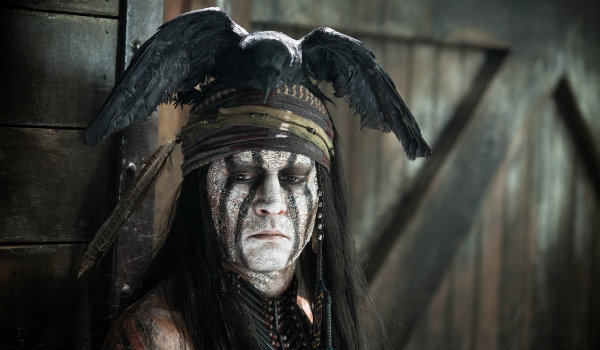
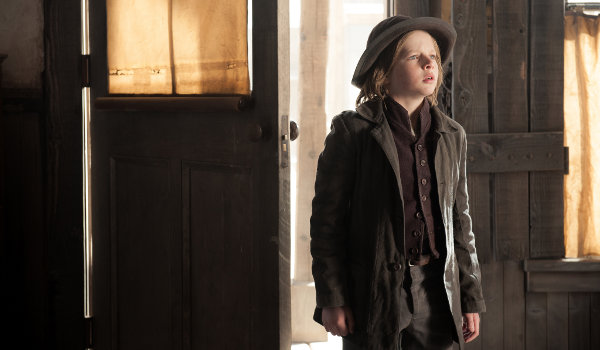
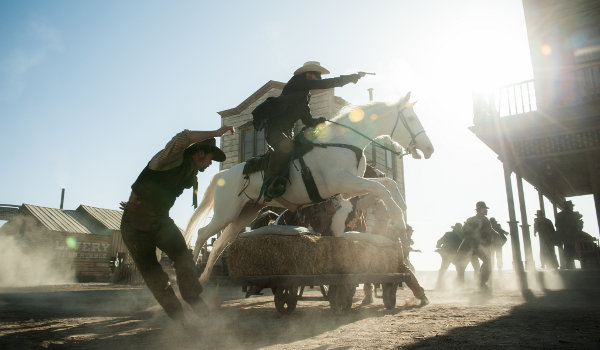
Comments are closed.